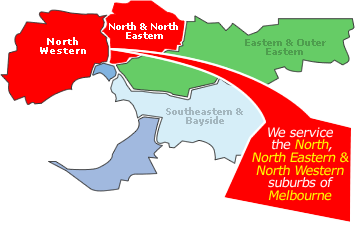Concreting in hot weather
When concreting in hot weather, it is important to prevent early loss of water from the concrete. Extremes of heat, wind and low humidity can cause concrete cracking and quick setting.
In these conditions it is important to take precautions with Handling, Placing, Compaction, Finishing and Curing. If you don't take precautions, the following may occur:
- Placing and finishing difficulties: caused by an increased rate of hardening and shorter setting times.
- Crazing or hair cracks: resulting from a too fast evaporation of water from exposed concrete surfaces and poor curing.
- Shrinkage cracking: caused by excessive early loss of moisture (see below).
- Possible strength loss at 28 days: due to higher concrete temperatures and rapid drying out.
Setting times
Setting times vary according to concrete temperature, cement type and on-site conditions.
Check with us for approximate setting times for the concrete specified. Take into account your site conditions, as they may affect the setting times.
Keep reasonable slumps
It is bad practice to place the concrete at excessive slumps, even at times of extreme heat. If you wish, we can incorporate retarding admixture in the mix to suit your requirements.
Good practices
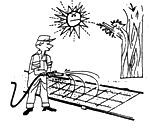
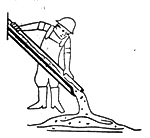
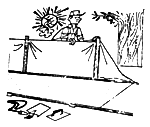
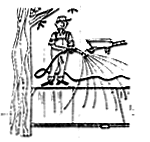
1 Make sure the subgrade, reinforcing steel and formwork are moist before placing the concrete. If you don't, the water in the concrete will be sucked out, causing the concrete to crack. Saturate the base material the night before you place the concrete.
2 Place the concrete as soon as possible. Enough labour and equipment must be available to place concrete quickly as temperature build-up may result if the concrete is kept in the truck too long. Do not delay placing once the job has begun.
3 If using vibrators do not over vibrate. Depending on the depth of the concrete, 5 - 15 seconds should give the desired compaction. Inform the concrete supplier what type of concrete is required, where and how the concrete is to be placed.
4 Protect concrete surfaces from wind and direct sunlight by erecting wind breaks and/or sunshades. Wind on warm days will greatly increase the evaporation of moisture from freshly placed concrete.
5 Joints should be made correctly and at the required spacings to allow for any expansion and contractions that may occur. If cracking occurs while the concrete is still plastic, rework the concrete by recompaction
6 Place temporary damp covers over the fresh concrete immediately after screeding. When ready for floating or finishing, uncover only a small section immediately ahead of the finishers. Cover again as soon as possible and keep covers damp. Use a curing compound to prevent premature drying.
7 Start proper curing as soon as possible. Make sure that the temperature of the concrete stays as low as possible. Continuous curing for at least the first 3 to 7 days is essential in hot weather if you wish to minimise cracking and obtain adequate strength gain. Do not apply cold water to a hot concrete surface as thermal cracking may occur due to sudden cooling.
Plastic Shrinkage Cracking
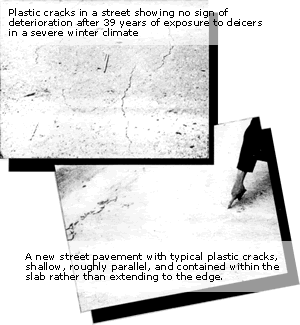
Plastic shrinkage cracks are cracks that occur before the concrete sets.
They are caused by rapid evaporation of water from the surface, due to a combination of:
- Low humidity
- Wind
- High concrete temperature
- Moderate to high air temperature
To reduce evaporation:
- Apply a fog spray to the surface
- Lower the concrete mix temperature
- Start curing as soon as possible.
To prevent excessive bleeding:
- Don't use too much water - excess water at the surface means more shrinkage from evaporation.
- Avoid use of a vapour barrier under the slab if possible.
- Avoid wet mixes.
Call us now!
Whatever the weather, call VM Minimix on 03 9460 4717 for expert advice and prompt, friendly and professional delivery of your pre-mixed concrete.



